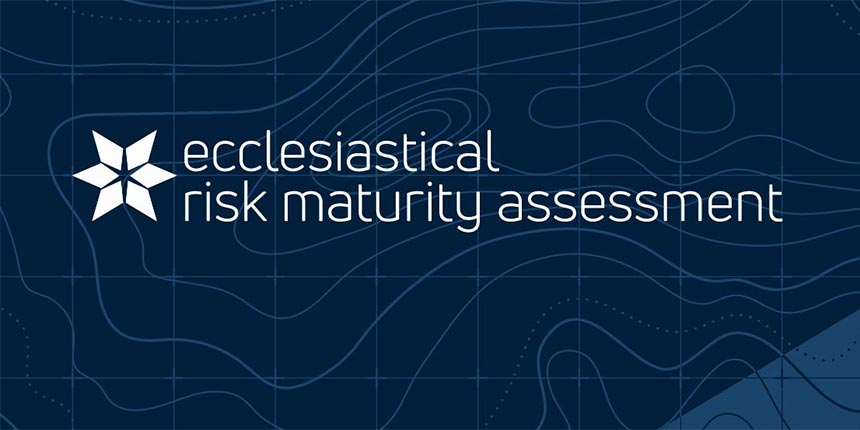Cyber Ready toolkit
Supporting teachers to deliver cyber safety, this lesson plan resource uses the fresh new techniques of Design Thinking, engaging pupils in creative problem solving.
How keeping a record of risk assessments, inspections and other risk management activity can help support your defence in the event of a claim against you.

Risk management can be seen as a hindrance but there are significant business benefits for those who take a proactive approach. Conscientious risk management, proper maintenance and record keeping can help to protect not only income but also reputation, assets and people.
All employers have a statutory duty to protect their staff, volunteers and members of the public as set out in the Health and Safety at Work etc. Act 1974. The Act suggests that not only should steps be taken to reduce risks so far as is reasonably practicable, but the arrangements for doing this should be recorded in many instances.
In addition to this, employers have a civil law duty of care. Where an incident causes an injury, the injured parties may pursue a claim, alleging an organisation has failed to meet its duty of care and thus seek financial compensation. The following case shows how documentation can be used to help defend a case in court should a claim arise.
A member of the public visits premises for the first time to watch a performance. She gains access via an intercom and waits for the electric gates to open. Whilst proceeding through the gates she catches her heel and sustains an injury.
A public liability case was raised against the owner of the premises on the basis that the owner failed to take all reasonable steps to ensure that the visitor was safe whilst attending the performance.
Liability claims are more easily defended when there is evidence to support a case. Often records of any risk assessments made and maintenance or other checks carried out can be used to show the steps taken to prevent an incident.
In the case described above, the owner of the premises had displayed warning signs on both sides of the gates to highlight that users should wait for the gates to open before entering and leaving. Photographs were taken following the incident to show that the warnings signs were in situ.
Maintenance records for the gates were kept up-to-date. There was evidence of a twice-yearly inspection demonstrating that the gates were in good working order at the time of the incident.
The member of the public could not support her allegations in court that the gates were defective. Through cross-examination, it was established that she was talking to the people that were accompanying her at the time the gates were opening and she was not paying sufficient attention.
No evidence was presented that the gates suddenly opened or that the gates were in any way defective. The case was dismissed.
We have been providing specialist insurance and risk management support to our clients since the 1880s and we actively encourage everyone to embrace risk management practices as part of their day-to-day activities.
Our in-house team of risk management surveyors and consultants offer a range of services to support to help manage risks, including advice on how to complete risk assessments. To support the mitigation of those risks, our team has distilled their knowledge into a selection of specialist risk management guides, videos, animations, templates, checklists and forms, all to support your clients and their risk management needs. Our risk management hub contains a number of resources to help you get started or check the adequacy of your current risk management procedures.
We also provide support in the form of self-assessment questionnaires, remote desktop assessment or a physical on-site assessment, dependent on the type of risk under consideration.
Ecclesiastical clients and brokers also have access to our risk advice line for advice on specific risks to minimise exposure.
